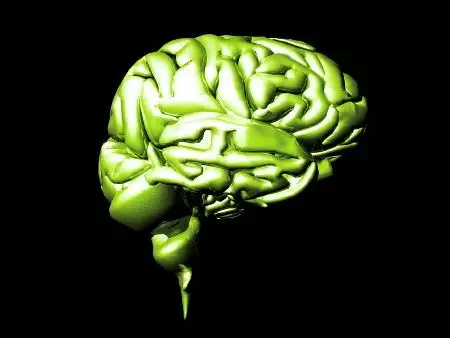With the rapidly increasing number of motor vehicle accidents, the incidence of craniocerebral trauma has also increased.
Cranio-braininjuries are divided into open and closed injuries. In open injuries, the bones of the skull are fractured with intrusion and loss or injury of brain tissue. These are often fatal or leave neurological sequelae in the form of paresis, paralysis or focal disorders such as aphasia and blindness. Sometimes, post-traumatic epilepsy also results from such an injury.
In connection with damage to a particular part of the brain, psychiatric symptoms occur, mainly psychotic complications and profound dementia syndromes.
With closed craniocerebral injuries, concussion, brain contusion or compression of the brain tissue is observed.
Concussion of the brain
A concussion manifests itself with a loss of consciousness that lasts from several to several minutes, nausea, vomiting, blanching of the skin, fluctuations in blood pressure and accelerated heart rate. After regaining consciousness, victims usually complain of headaches and dizziness, unsteadiness of gait, a feeling of waking up, lowered mood and difficulty in focusing.

photo ojoimages
Brain contusion
Cerebral contusion involves damage to the surface and vessels of the brain and, in severe cases, there is even tearing of the meninges and brain. It is accompanied by focal neurological symptoms related to the cranial nerves and those related to the cortical centres, i.e. blindness or aphasia.
Disturbances of consciousness last longer than in concussion and, in addition, qualitative deviations of consciousness may occur, such as delirious states, confusion and excessive psychomotor agitation. During unconsciousness, seizures with shaking of all limbs, irregular heart rate, accelerated respiratory rate, profuse sweating and elevated body temperature may be observed.









